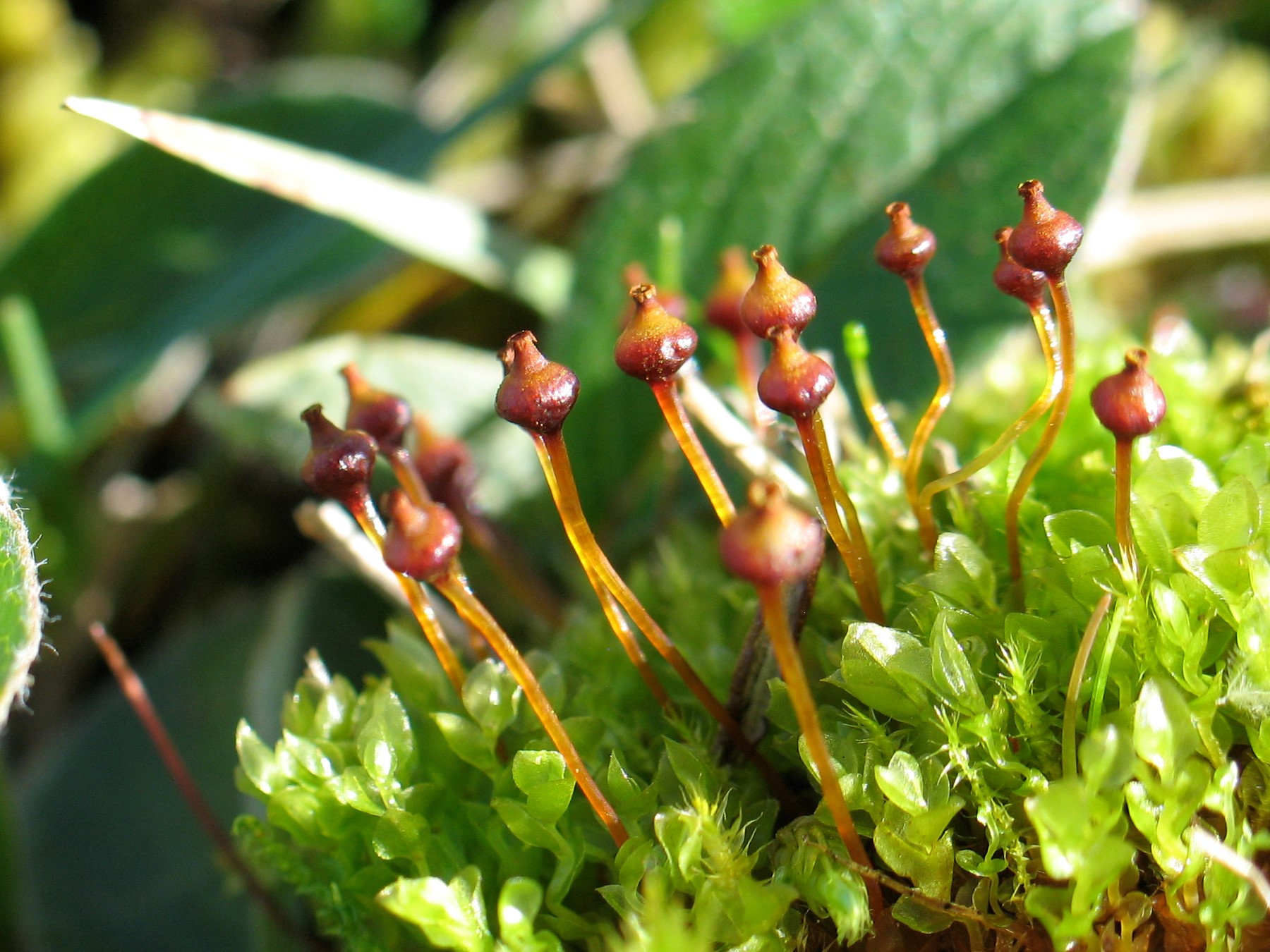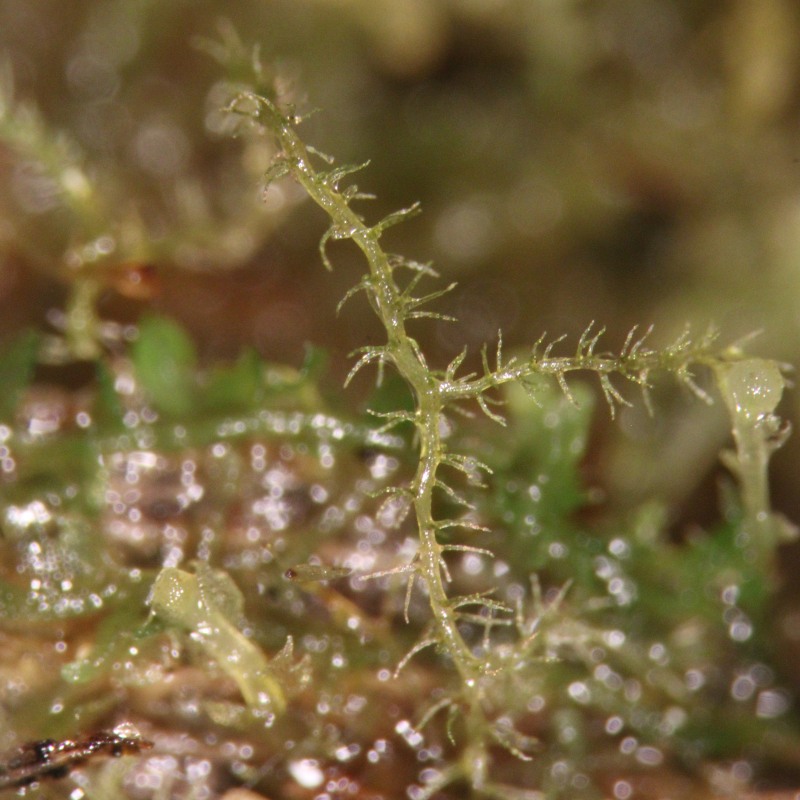Discover ABMI Data & Tools
Data Toolbox
Quick access to our data products and online reports.
Discover ABMI Data & Tools
Quick access to our data products and online reports.
 Photo Credit: K. Williams
Photo Credit: K. Williams
Mosses have sporophytes instead of flowers. Spores can be carried long distances by the wind, or in some species groups, transported to nearby habitats by insects
 Photo Credit: K.Williams
Photo Credit: K.Williams
Hairy Threadwort (Blepharostoma trichophyllum) is a microscopic liverwort that only grows on well-decayed logs. It declines rapidly with changes to growing conditions, especially humidity.

Big Red Stem Moss (Pleurozium schreberi) is widespread and often locally abundant, making it an ideal species for a regional biomonitoring program
Lichens and mosses collected by ABMI are not only a record of biodiversity at a given time and place, but they also record the elements in that environment, absorbed from the moisture and dust deposited on their bodies. In collaboration with Wood Buffalo Environmental Association, we are exploring the use of these biological archives to track changes in air quality and deposition. For more information about this project, visit the project page.

Lead Scientist, Bryophytes
Krista has been exploring the world of bryophytes since 2007, and with the ABMI since 2014. She can usually be found scouring the woods for bryophytes or with eyes glued to a microscope assigning names to these miniature plants.
If you have questions about the ABMI's bryophyte monitoring program, please get in touch: krista.williams@ualberta.ca
Alberta Biodiversity Monitoring Institute. 2014. Terrestrial field data collection protocols (abridged version) 2014-03-21. Alberta Biodiversity Monitoring Institute, Alberta, Canada. Report available at: https://www.abmi.ca/home/publications/1-50/46.html
Alberta Biodiversity Monitoring Institute. 2010. Laboratory protocols for processing bryophytes (10009), version 2010-05-31. Alberta Biodiversity Monitoring Institute, Alberta, Canada. Report available at: https://abmi.ca/home/publications/301-350/330
Flora of North America Editorial Committee, eds. 1993+. Flora of North America north of Mexico. New York and Oxford. vol. 27, 2007; vol 28, 2014. PLUS treatments awaiting publication at (http://www.mobot.org/plantscience/bfna/TREAtments.htm)
Damsholt, K. 2009. Illustrated flora of Nordic liverworts and hornworts. Second edition. Nordic Bryological Society, Lund, Sweden.
 Photo Credit: K. Williams
Photo Credit: K. Williams
A moss-covered log is a biodiversity hotspot hosting communities of invertebrates, fungi and bacteria that are critical in forests for decomposition, nutrient cycling and productivity
Vitt, D.H. and M. Lüth. 2017. A guide to mosses and liverworts of Alberta peatlands. NAIT Boreal Research Institute.
Laine, J., P. Harju, T. Timonen, A. Laine, E.S. Tuittila, K. Minkkinen, and H. Vasander. 2011. The intricate beauty of Sphagnum mosses—a Finnish guide to identification. University of Helsinki. Department of Forest Sciences Publications.
Malcolm, B. and N. Malclom. 2006. Mosses and other bryophytes, an illustrated glossary second edition. Micro-Optics Press, Nelson, New Zealand.
Alberta Conservation Information Management System. Link to website is here.
University of Alberta Cryptogamic Herbarium (ALTA). Link to website is here.
Shotyk, W., et al. 2016. Peat bogs in northern Alberta, Canada reveal decades of declining atmospheric Pb contamination. Geophysical Research Letters 43: 9964-9974.
Mills, S.E. and S.E. MacDonald. 2005. Factors influencing bryophyte assemblage at different scales in the Western Canadian Boreal Forest. The Bryologist 108: 86-100.
Tuba, Z., N.G. Slack, and L.R. Stark. 2011. Bryophyte ecology and climate change pp 506. Cambridge University Press, Cambridge.
Zechmeister, H.G. 2003. Trace metals and other contaminants in the environment pp. 329. Elsevier.

.png)


